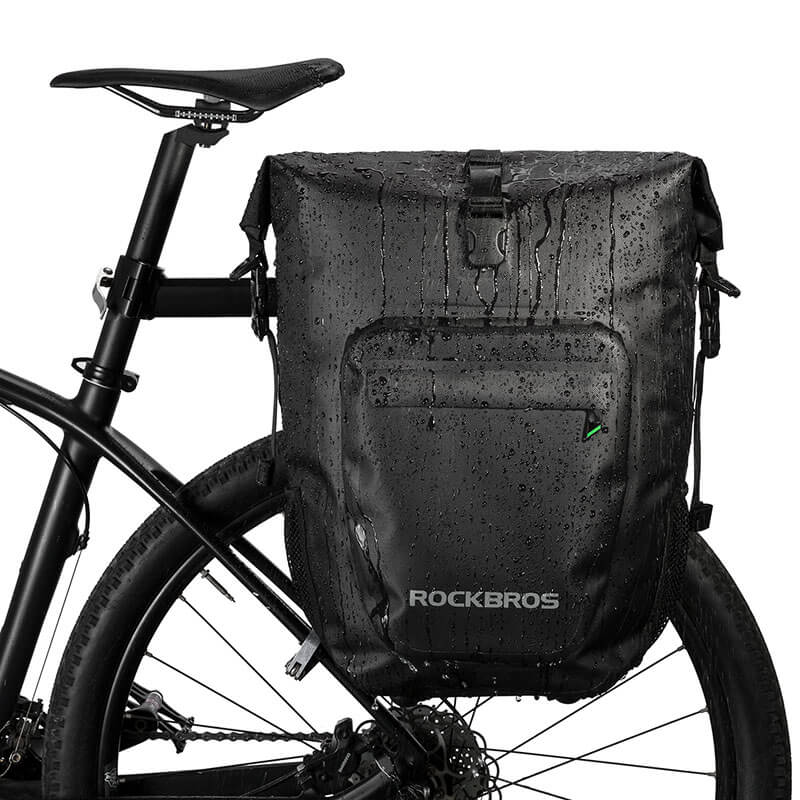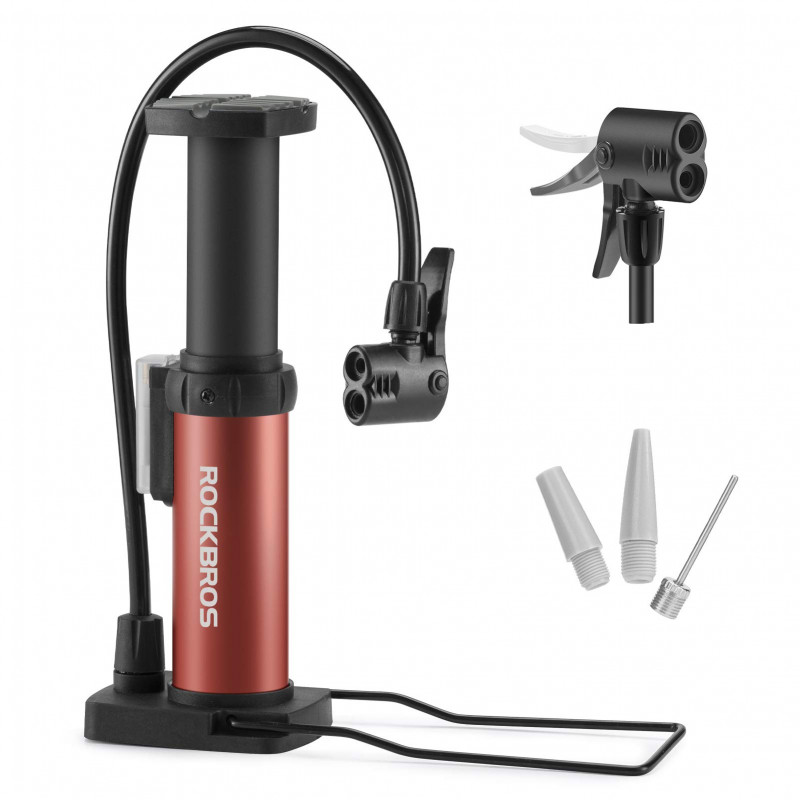The Ultimate Guide to Types of Mountain Bikes for Every Rider

Mountain biking is an adventurous and thrilling sport that requires the right kind of bike. When it comes to purchasing a mountain bike, there are various types to choose from, each designed for a specific purpose. In this article, we will delve into the different types of mountain bikes available in the market.
Cross-Country Mountain Bikes
Cross-country mountain bikes (XC bikes) are lightweight and designed for speed. They are perfect for riders who prefer long rides and endurance races on smooth trails. XC bikes come with a rigid or front suspension fork, narrow tires, and a steep head angle, which allows for quick steering and efficient pedaling.
Trail Mountain Bikes
Trail mountain bikes are the most versatile type of mountain bikes, designed to handle a range of terrains. They are perfect for riders who want to explore different trails without compromising on speed. Trail bikes have a relaxed head angle, wider tires, and a front and rear suspension system for better shock absorption.
All-Mountain/Enduro Mountain Bikes
All-Mountain/Enduro mountain bikes are designed for riders who love technical trails and aggressive descents. They come with a longer travel suspension system, wider tires, and a slack head angle, which makes them ideal for steep descents and jumps.
Downhill/Freeride Mountain Bikes
Downhill/Freeride mountain bikes are designed for extreme downhill riding, jumps, and drops. They come with a full-suspension system, heavy-duty tires, and a slack head angle for maximum stability at high speeds.
Fat Tire Mountain Bikes
Fat tire mountain bikes are designed for riding on snow, sand, and other soft terrains. They come with oversized tires that provide better traction and stability on loose surfaces.
Single-Speed Mountain Bikes
Single-speed mountain bikes have only one gear, making them simple, lightweight, and easy to maintain. They are perfect for riders who prefer a minimalist approach to mountain biking.
Electric Mountain Bikes
Electric mountain bikes (e-bikes) are becoming increasingly popular among riders who want to ride longer distances or need assistance on steep climbs. They come with an electric motor that provides pedal assistance, making it easier for riders to conquer challenging terrains.
Hardtail vs Full-Suspension Mountain Bikes
Hardtail mountain bikes come with a front suspension system, while full-suspension mountain bikes have both front and rear suspension systems. Hardtails are ideal for cross-country riding, while full-suspension bikes are better for aggressive trail riding and downhill riding.
Frame Material
Mountain bikes can be made from a variety of materials, including aluminum, carbon fiber, steel, and titanium. Aluminum is the most common material used for mountain bike frames due to its durability and affordability.
Wheel Size
Mountain bikes come in three wheel sizes: 26 inches, 27.5 inches, and 29 inches. Each wheel size offers a different riding experience, with 29-inch wheels being the fastest and most stable.
Brakes
Mountain bikes come with either rim brakes or disc brakes. Disc brakes are more powerful and provide better stopping power in wet conditions, making them the preferred choice for most mountain bikers.
Gears
Mountain bikes come with different gear configurations, ranging from single-speed to multiple gears. The number of gears a mountain bike has depends on the type of riding it's designed for. For example, cross-country bikes usually have fewer gears than all-mountain/enduro bikes.
Conclusion
Choosing the right mountain bike can make all the difference in your riding experience. From cross-country to downhill, fat tire to electric, there is a mountain bike for every type of rider and terrain. Consider the type of riding you will be doing, the terrain you will be riding on, and your budget when choosing a mountain bike.
FAQs
What type of mountain bike is best for beginners?
A: Trail mountain bikes are a great choice for beginners as they are versatile and can handle a variety of terrains.
Are fat tire mountain bikes only for riding on snow and sand?
A: No, fat tire mountain bikes can also be ridden on other soft terrains like mud and gravel.
What is the difference between hardtail and full-suspension mountain bikes?
A: Hardtail mountain bikes have only a front suspension system, while full-suspension bikes have both front and rear suspension systems.
How many gears should a mountain bike have?
A: The number of gears a mountain bike should have depends on the type of riding it's designed for and the rider's preferences.
Can electric mountain bikes be ridden without pedaling?
A: No, electric mountain bikes still require pedaling, but the electric motor provides pedal assistance to make riding easier.









